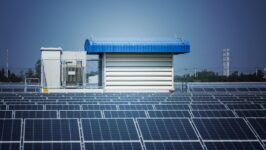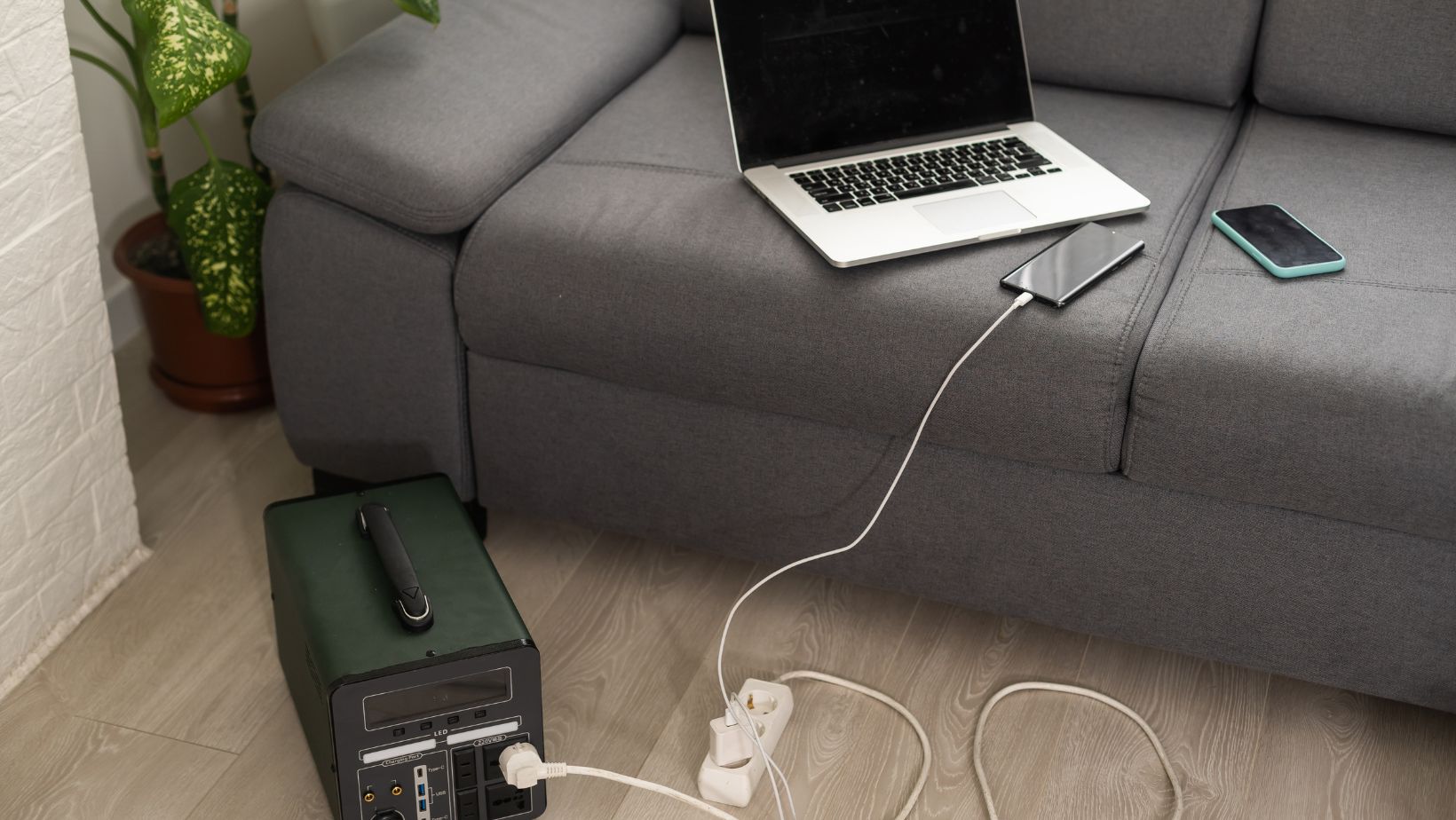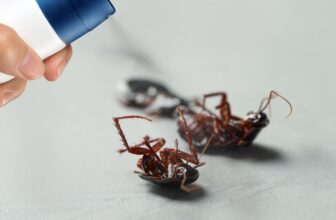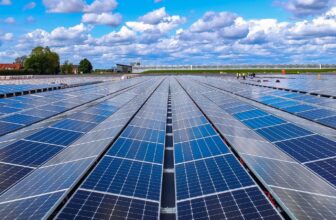
Breaking Down The Cost-Effectiveness of Solar Micro Inverters

The inverter converts the power collected by the solar panels to allow for residential use. Without solar inverters, your installation will not function. The challenge is choosing between solar microinverters and conventional inverters for your power needs.
Knowing the types of solar inverters can save you money and ensure an efficient system for green energy, and you’ve found the ideal setting to learn. Continue reading to leverage solar technology for your needs today!
What Is a Solar Inverter?
A solar inverter is vital to convert the energy collected by solar panels into Alternating Current. All solar energy starts as Direct Current and must be converted to Alternating Current for residential use.
Circuits and the national grid use alternating current. The solar energy produced is nearly useless for homeowners without solar inverters.
When building your solar energy installation, you must choose between two types of solar inverters. The standard option is the string inverter. These inverters are created to collect and convert power from groups of solar panels.
A typical solar energy setup involves two sets of eight solar panels. A string inverter collects energy from both sets using two strings.
What Are Solar Microinverters?
Solar microinverters differ from traditional solar inverters. Each panel receives one to convert the solar energy. The microinverter allows energy conversion with each panel for more efficient energy production.
They’re an excellent option if you plan a solar energy system for your household. You’ll eliminate the issues caused by string inverters.
Installing a solar microinverter on each panel has similar upfront costs as other solar inverters. It provides several notable benefits. It’s worth exploring how you’ll save money and energy with microinverters.
Are Solar Microinverters Cost-Effective?
The upfront cost of using solar microinverters for a 20-kilowatt system is $1.30 per watt, or nearly $26,000. It sounds like a staggering amount, but there are ways to offset the cost.
String inverters are less expensive to install, but they provide far fewer benefits. A 20-kilowatt system costs an average of $20,000 to install. You’ll save money upfront but have a less efficient energy collection system.
Solar microinverters also offer better warranty coverage. The typical microinverter has a 25-year warranty, while string inverters have five to ten years of coverage.
If you encounter issues after the warranty period ends, you risk spending significant money on a new inverter. Solar microinverters are the most cost-effective option for your green energy-powered home.
Benefits of Solar Microinverters
As you research your options for the best types of solar inverters, it’s worth exploring microinverters. They offer several benefits, including leveraging your solar panels and helping you reduce your carbon footprint. Work with a reputable installer for accurate inverter insights.
It’s also a way to save money while powering your household’s appliances, lights, and other needs. It’s best to combine microinverters with your solar installation to save money. Here’s a look at some benefits of using solar microinverters with your new panels.
Increased Energy Production
Microinverters increase your solar system’s potential for energy production. Each panel has an inverter to convert solar energy, enhancing efficiency since each panel has its own circuit instead of sharing.

Each panel on the string affects panels connected via a string inverter. If a panel loses its output, each connected panel is also affected.
View panels connected to string inverters as a slow driver in the left lane. Each driver must match their speed due to an inability to pass. Your other panels will need to decrease output to match the underperforming panel.
Installing solar microinverters eliminates this potential issue. Each panel has an inverter to maximize efficiency and energy production. It’s the best option if you want to maximize your return.
Isolate Faulty Panels
Solar microinverters are a cost-effective option because they isolate faulty panels. If a panel begins losing efficiency or having issues, you can schedule repairs or pay for a replacement. The remainder of your solar panels will not be affected by the faulty panel.
Identifying the faulty panel with a string inverter is an involved and time-consuming process. The installer will need to use several methods to identify and resolve the issue.
Low-Light Energy Production
Another reason to consider solar microinverters is their low-light production. These microinverters can begin collecting solar power at 22 volts. You can enjoy the benefits of solar panels in regions that experience less sunlight.
Solar energy systems with string inverters are less efficient. They cannot begin collecting energy until reaching 200 volts. Combine your panels with solar microinverters for the best results and savings.
Faster Installation
Microinverters can help you save money on solar installation costs. Compared to string inverters, the process is straightforward and quick. The installation time is reduced by nearly 20 percent.
The best solar installers can provide access to apps that help you monitor each panel’s status. These apps ensure quick and easy maintenance for your energy needs.
Longer Lifespan
Solar inverters are expensive, but a long lifespan will help you save money after installation. String inverters have warranties ranging from five to 12 years.
Solar microinverters have warranty coverage of up to 25 years. It’s a small price to pay for peace of mind.
The technology behind microinverters has grown substantially. You can count on your microinverters to harness solar energy decades after installation. It’s much more affordable than buying and installing a new inverter every decade.
Choose Solar Microinverters for Your Energy Needs
Solar microinverters are the most cost-effective way to collect and use green energy for your household. They cost more upfront, but you’ll enjoy a 25-year warranty, better efficiency, and straightforward maintenance.

Low-light energy production increases, and the installation process becomes less time-consuming. It’s the ideal way to convert your solar energy into Alternating Current.
Solar energy is one of the best home improvement projects to tackle. Explore other renovation and home improvement ideas with our Home Improvement blog content today!



















































































